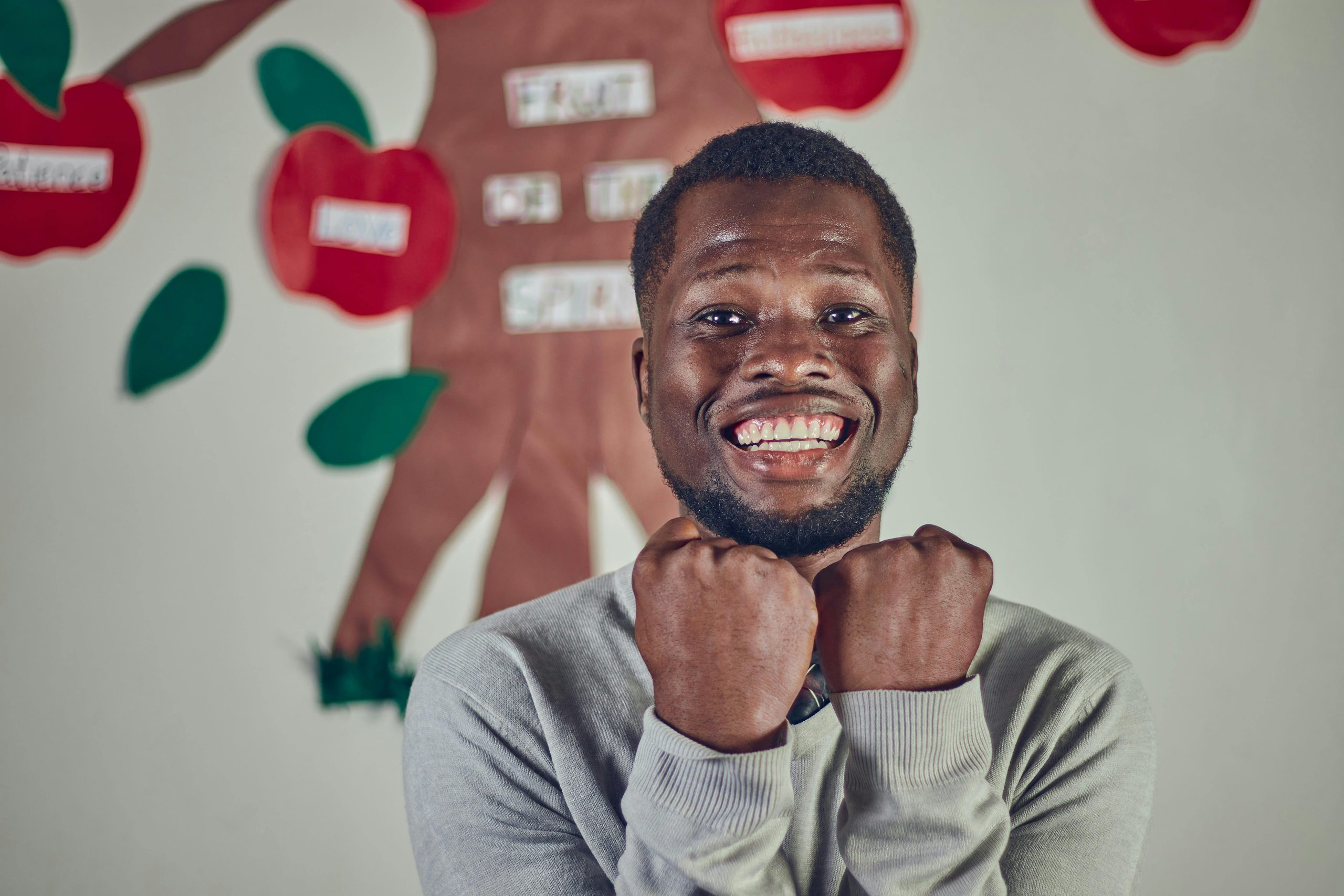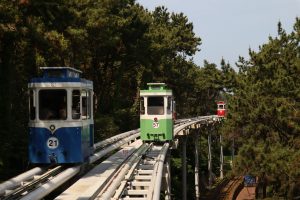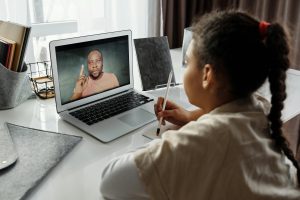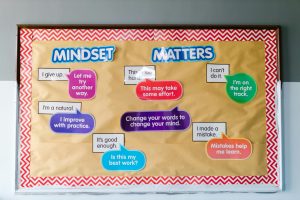Beyond the classroom walls: using the community as a learning space
The traditional classroom has long been the dominant setting for learning, with students of various ages sitting at desks and listening to their teacher’s lectures. However, in recent years, educators have recognized that learning can take place beyond the four walls of a classroom and that the community can be a valuable learning space. This shift in perspective has opened up a whole new world of educational opportunities, where students can engage in hands-on, real-world learning experiences. In this article, we will explore the concept of using the community as a learning space and the benefits it can bring to students.
The changing landscape of education
Traditionally, education has been confined to the classroom, with textbooks and lectures as the primary tools for learning. This model has worked for many years but has also been criticized for not adequately preparing students for the real world. With rapid changes in technology and the job market, there is a growing need for students to develop skills beyond the textbook knowledge. This has led to a shift in educational approaches, with a focus on experiential and project-based learning.
What is a community learning space?
A community learning space is any environment outside of the classroom that provides opportunities for learning. This can include local parks, museums, community centers, and even the students’ own neighborhoods. By utilizing these spaces, educators can foster a more well-rounded learning experience that goes beyond books and lectures.
Benefits of using the community as a learning space
Real-world application
One of the significant advantages of using the community as a learning space is the opportunity for students to apply their knowledge in real-world scenarios. Rather than simply reading about different concepts, students can see them in action and make connections between what they learn in the classroom and how it applies to the world around them. This type of hands-on learning can be especially beneficial for hands-on learners who struggle with traditional classroom settings.
Enhanced engagement
When students are taken out of the classroom and into the community for learning, it can spark their curiosity and interest. Community learning spaces offer a change of scenery and a break from the routine of the classroom, which often results in more engaged and motivated learners. The use of practical and interactive learning also keeps students engaged because they are actively involved in the learning process.
Building community connections
By involving the community in the learning process, students develop connections beyond their classmates and teachers. They can interact with community members and organizations, gaining a better understanding of their surroundings and the different people who make up their community. This also helps foster a sense of civic responsibility and encourages students to become active members of their community.
Incorporating the community into the curriculum
Including the community as a learning space does not have to be a separate activity from the curriculum. With careful planning and collaboration, educators can integrate community-based learning into their lessons seamlessly. For example, math classes can use local markets to learn about budgeting and economics, and science classes can visit parks and nature reserves to study ecosystems and environmental conservation.
Challenges and limitations
While community-based learning offers many benefits, it also comes with its challenges and limitations. One of the major challenges is the logistics and planning involved in taking students out of the classroom. Teachers have to consider factors such as transportation, safety, and access to resources. In some cases, there may also be resistance from parents or community members who are wary of involving students in certain activities. It is essential to address these concerns and ensure that all stakeholders are comfortable with the learning experience.
Conclusion
The community can be a rich source of learning experiences for students. By using these real-world settings, educators can create a more holistic approach to education while preparing students for their future. With proper planning and collaboration, the community can be a valuable learning space that enhances engagement, encourages civic responsibility, and promotes a deeper understanding of the world we live in.










